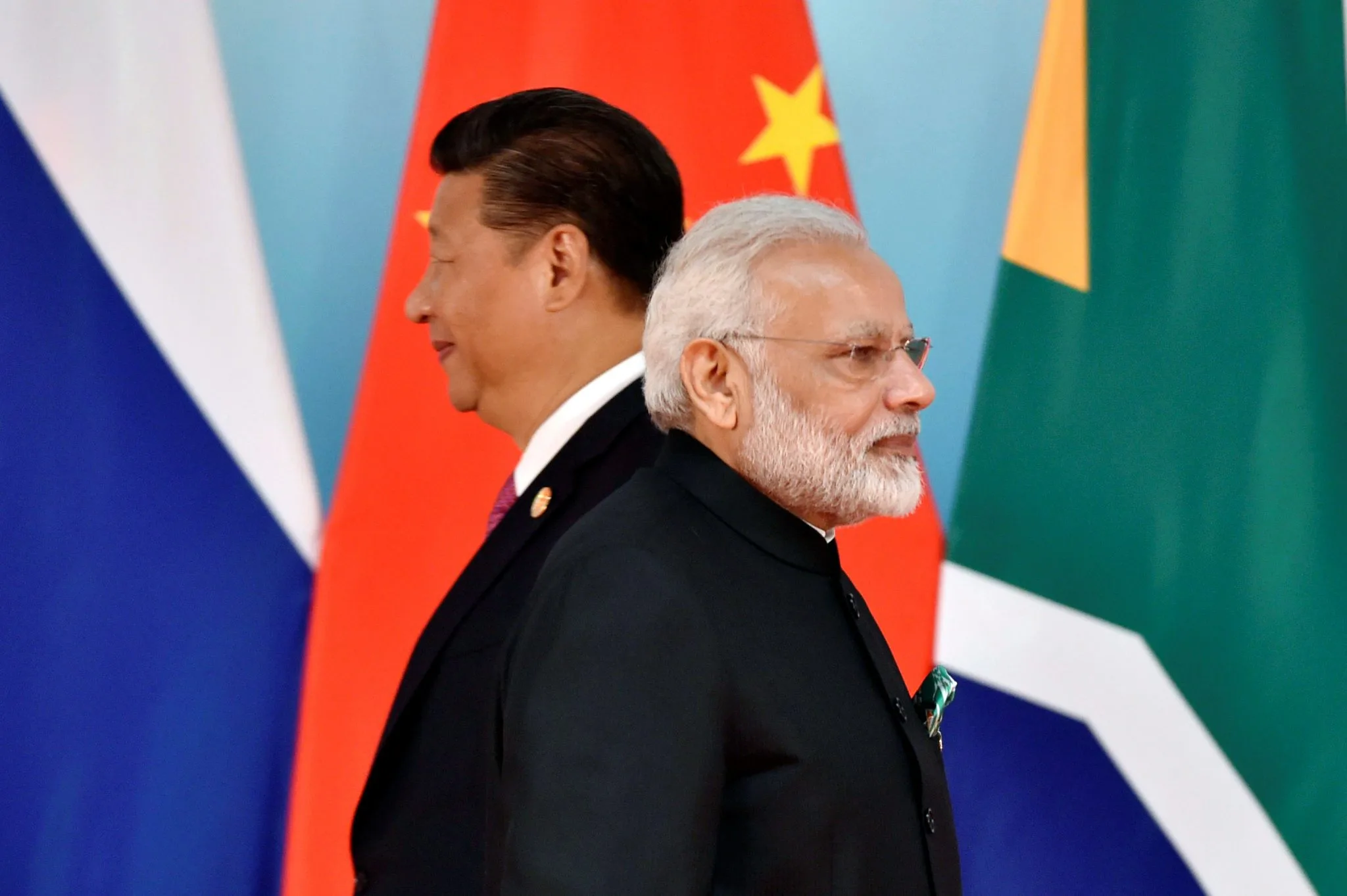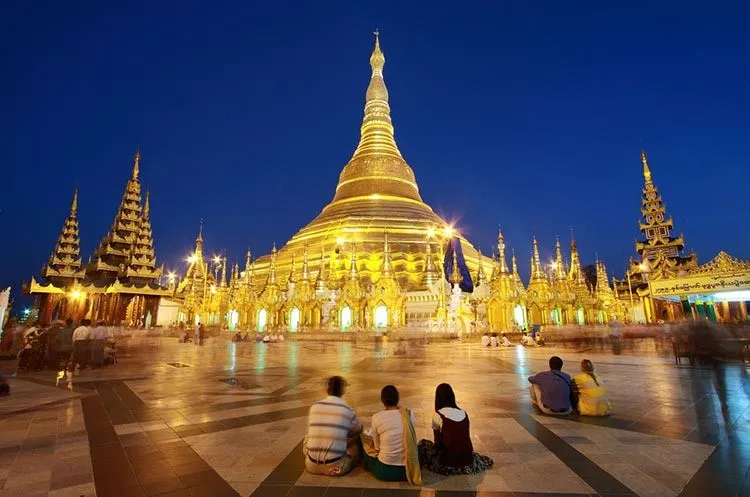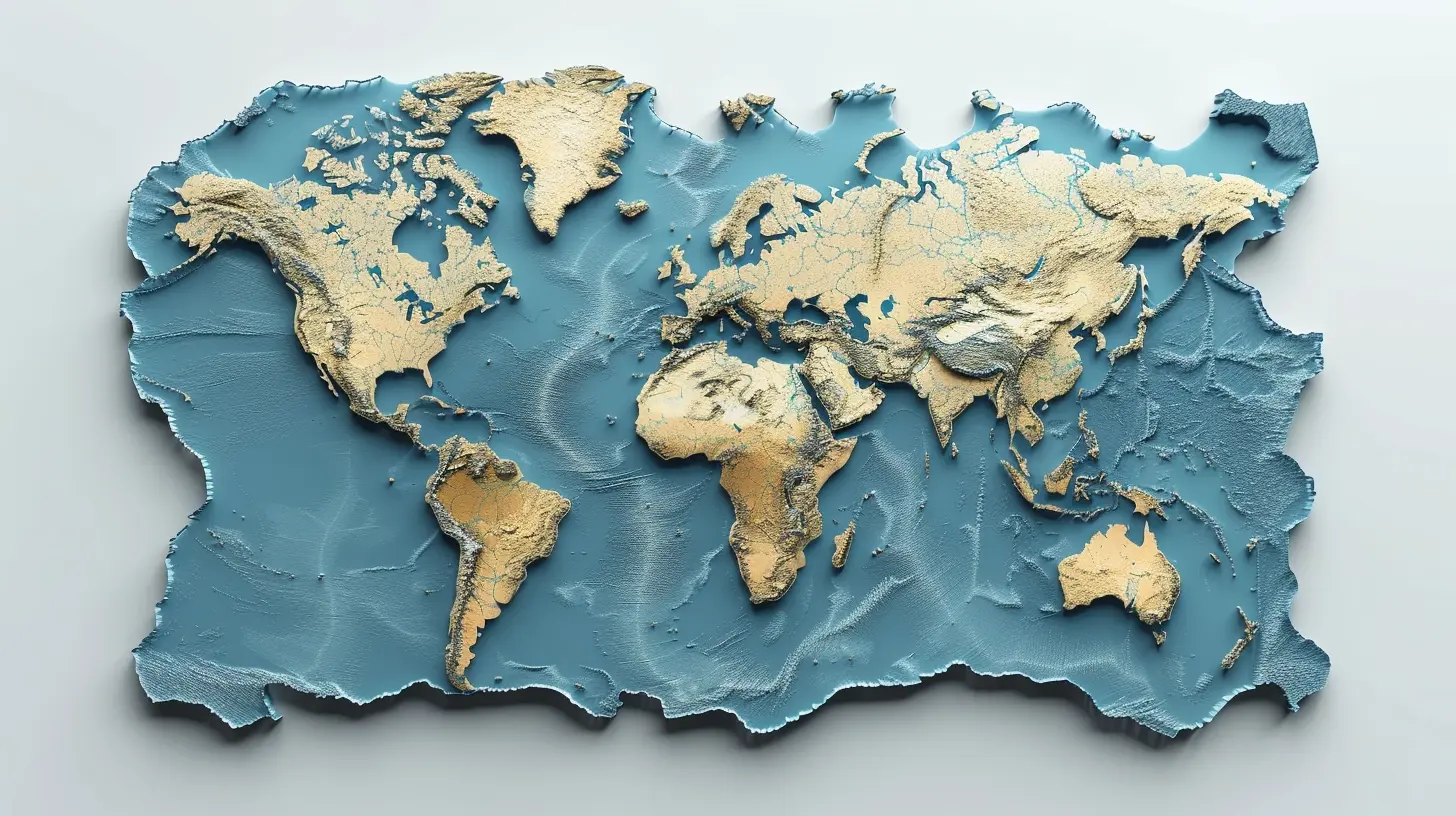In recent years, tensions between India and China have become a prominent topic of discussion. These two Asian powerhouses, with their large populations and rapidly growing economies, have found themselves at odds on a variety of fronts. From territorial disputes along their shared border to competition for influence in neighboring countries, the relationship between India and China is complex and multifaceted. In this article, we will delve deeper into the roots of these tensions, exploring the historical, political, and economic factors that have contributed to the current state of affairs.
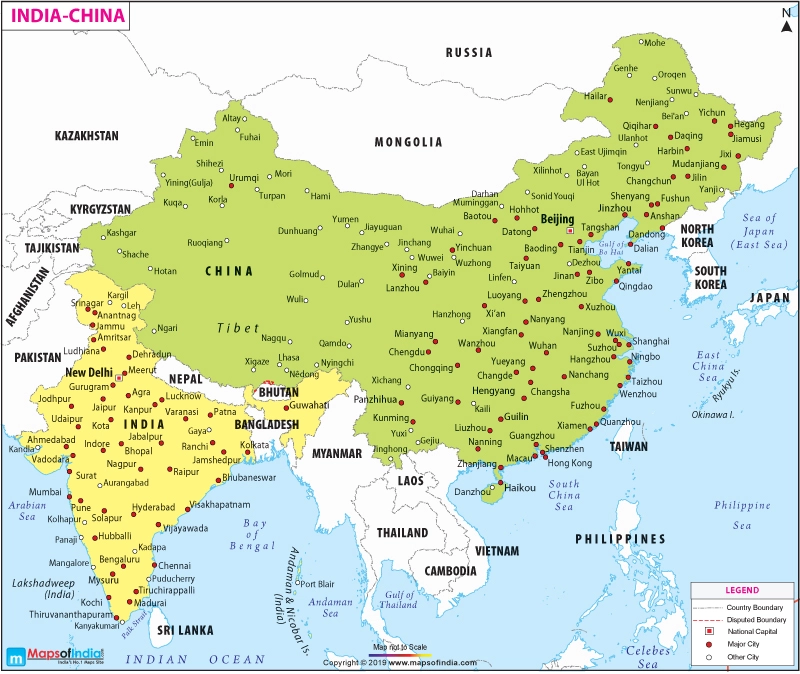
Historical Background of India and China Relations
India and China have a long history, marked by occasional periods of cooperation and frequent periods of conflict. The border dispute between the two countries dates back to the early 20th century when British India and Tibet signed the Simla Accord in 1914. However, the agreement was never fully implemented, leading to ongoing disagreements over the border between the two nations.
More recently, the 1962 Sino-Indian War further strained the relationship between India and China. The war resulted in a decisive victory for China, leading to the establishment of the Line of Actual Control (LAC) as the de facto border between the two countries. However, tensions along the border have persisted, with occasional skirmishes and standoffs between the two sides.
Recent Events Leading to Increased Tensions
In recent years, several events have exacerbated tensions between India and China. One of the most significant incidents was the 2017 Doklam standoff, where Indian and Chinese troops were locked in a two-month-long standoff over a disputed territory in the Himalayas. The standoff ended peacefully, but it highlighted the underlying tensions and the potential for escalation between the two countries.
Another event that heightened tensions was the 2020 clash in the Galwan Valley, where a violent skirmish between Indian and Chinese soldiers resulted in multiple casualties on both sides. This incident marked the first lethal confrontation between the two countries in decades and further strained bilateral relations.
Key Issues and Disputes between India and China
The main point of contention between India and China is the unresolved border dispute. Both countries claim large portions of territory along their shared border, with each side accusing the other of intrusions into their respective territories. The disputed regions include areas such as Aksai Chin and Arunachal Pradesh, which are strategically important due to their proximity to major transportation routes and natural resources.
Additionally, China’s close ties with Pakistan, particularly its support for infrastructure projects in the disputed region of Kashmir, have been a source of concern for India. India views these projects as a violation of its sovereignty and a threat to its national security.
Impact of Tensions on the Region and Global Politics
The tensions between India and China have far-reaching implications for the region and global politics. The ongoing border disputes have the potential to escalate into a full-blown military conflict, which could destabilize the entire region. Furthermore, the involvement of other countries, such as the United States and Russia, in the India-China dispute could further complicate the situation and increase the risk of an international conflict.
The tensions between India and China also have implications for the broader global order. As two of the world’s largest economies, any disruption in their relations could have significant economic consequences. Additionally, the competition for influence between India and China in neighboring countries, such as Nepal and Sri Lanka, has the potential to reshape regional alliances and power dynamics.
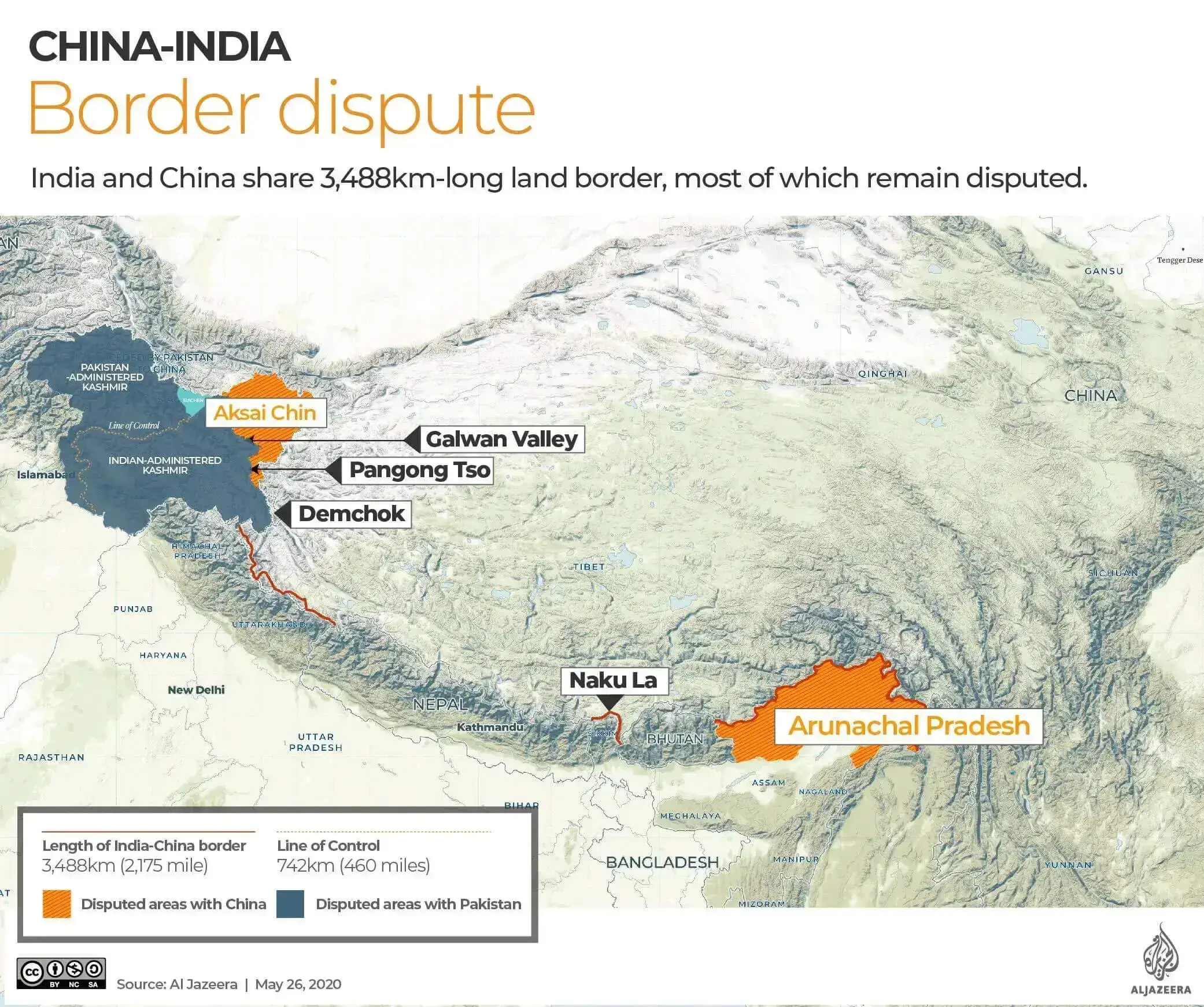
Efforts to Resolve the Tensions
Both India and China have made efforts to resolve their differences and ease tensions. Diplomatic talks and negotiations have been held at various levels, including high-level summits between the leaders of both countries. However, progress has been slow, and a lasting resolution to the border dispute remains elusive.
The two countries have also established confidence-building measures, such as hotlines between military commanders and agreements to maintain peace and tranquility along the border. However, these measures have been tested repeatedly, and the trust deficit between the two countries remains a significant obstacle to a peaceful resolution.
Geopolitical Implications of India and China Tensions
The tensions between India and China have significant geopolitical implications. The rivalry between the two countries for influence in the region has led to a competition for strategic alliances and partnerships. India has strengthened its ties with countries like the United States, Japan, and Australia through initiatives such as the Quadrilateral Security Dialogue (Quad). On the other hand, China’s Belt and Road Initiative (BRI) has allowed it to expand its influence in South Asia and beyond.
The India-China tensions have also drawn the attention of other global powers, particularly the United States. The U.S. has shown support for India in its border dispute with China, viewing India as a potential counterbalance to China’s growing influence in the region. This has further complicated the dynamics of the India-China relationship and increased the risk of a broader conflict.
Economic Consequences of the Tensions
The tensions between India and China have had significant economic consequences for both countries. Trade between the two countries has been impacted, with both sides imposing tariffs and restrictions on various goods. Indian businesses have also faced challenges in the Chinese market, particularly in sectors such as technology and pharmaceuticals.
Furthermore, the tensions have prompted calls for diversification of supply chains away from China, with countries like India and Japan actively seeking to reduce their dependence on Chinese imports. This has the potential to reshape global trade patterns and create new opportunities for other countries.
Media Coverage and Public Opinion
The tensions between India and China have received extensive media coverage, both domestically and internationally. The media narratives in both countries often reflect the respective government’s positions, resulting in heightened nationalism and public sentiment against the other side.
Public opinion in India is generally skeptical of China and views it as a threat, particularly in light of the border clashes and China’s support for Pakistan. On the other hand, public opinion in China is influenced by state-controlled media and portrays India as the aggressor in the border dispute.
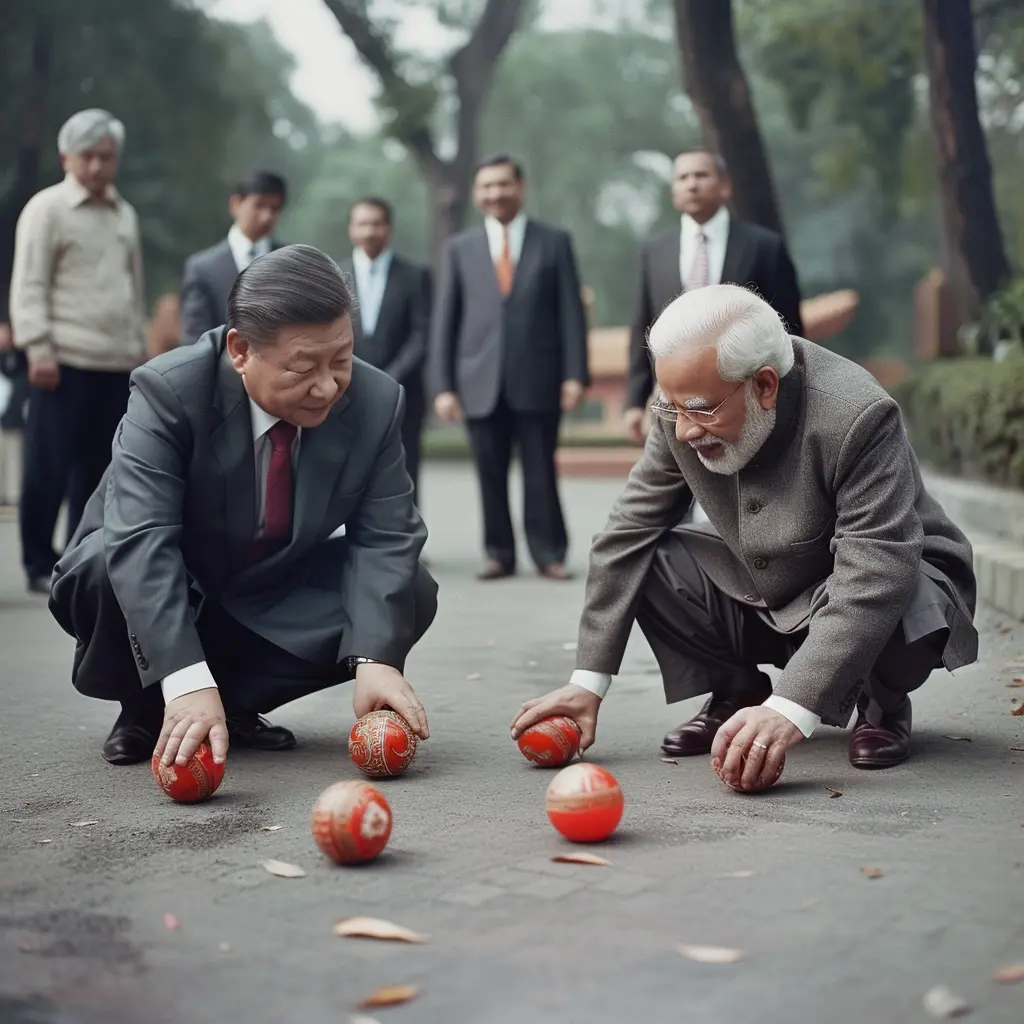
Future Outlook
The tensions between India and China are unlikely to be resolved in the near term. The deep-rooted historical, political, and economic factors that underpin the conflict make it a complex and protracted issue. As both countries continue to assert themselves on the global stage, the implications of their tensions will extend far beyond their borders.
The international community must closely monitor the situation and encourage diplomatic efforts to find a peaceful resolution. A stable and cooperative relationship between India and China is crucial for regional stability and global peace. However, achieving such a relationship will require compromise, trust-building, and a willingness to address the underlying issues that drive the tensions between these two regional giants.
In conclusion, the tensions between India and China are a reflection of the complex dynamics of rising powers and shifting global power structures. By understanding the historical, political, and economic factors fueling these tensions, we can gain insights into the challenges and opportunities that lie ahead for these two influential nations and the world at large.
If you found this article insightful and are interested in further exploring the dynamics of geopolitical conflicts, we encourage you to read our in-depth analysis of the Israel and Palestine Conflict. This piece continues our exploration of complex international relations, offering a detailed look at another longstanding and impactful dispute.

